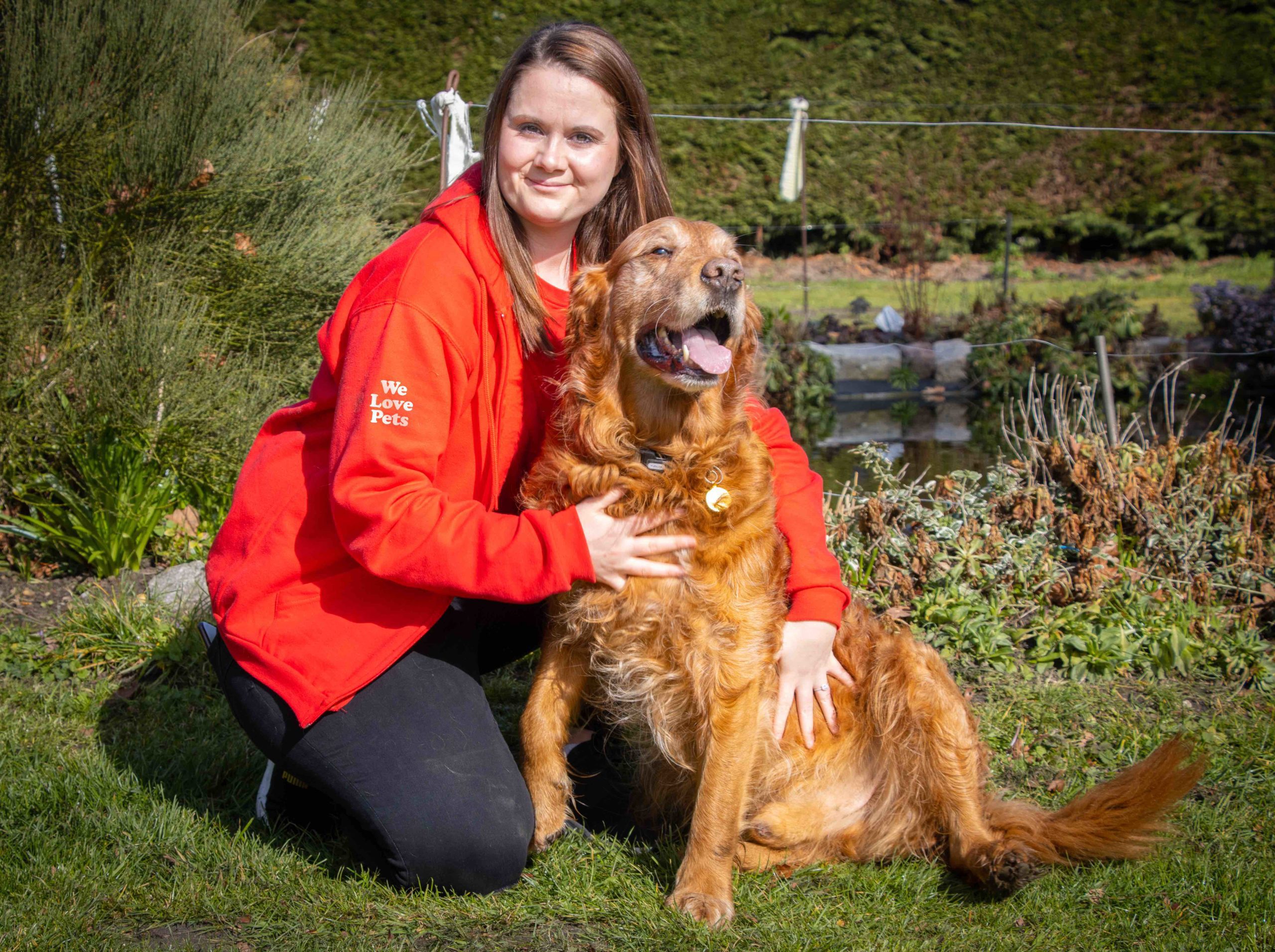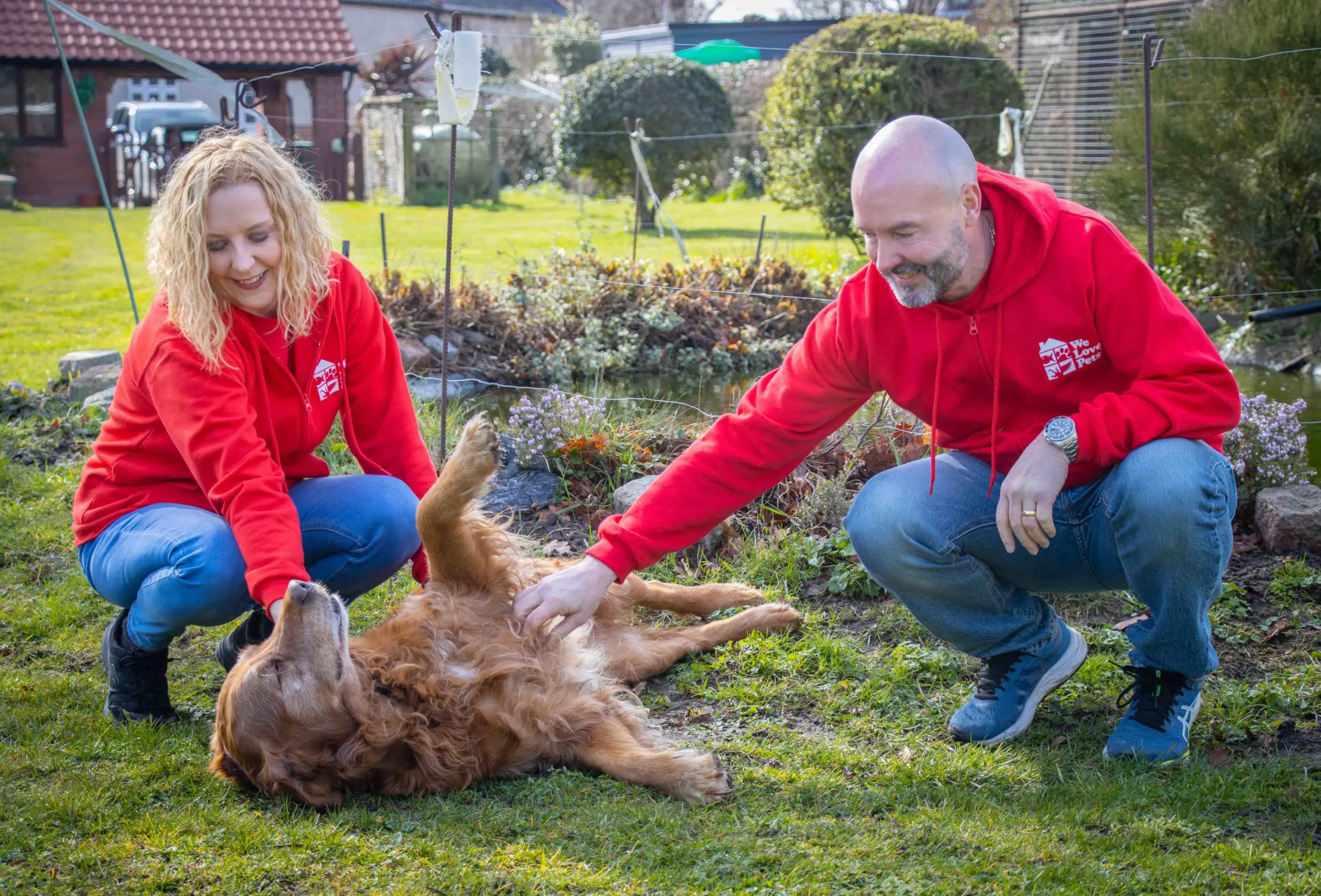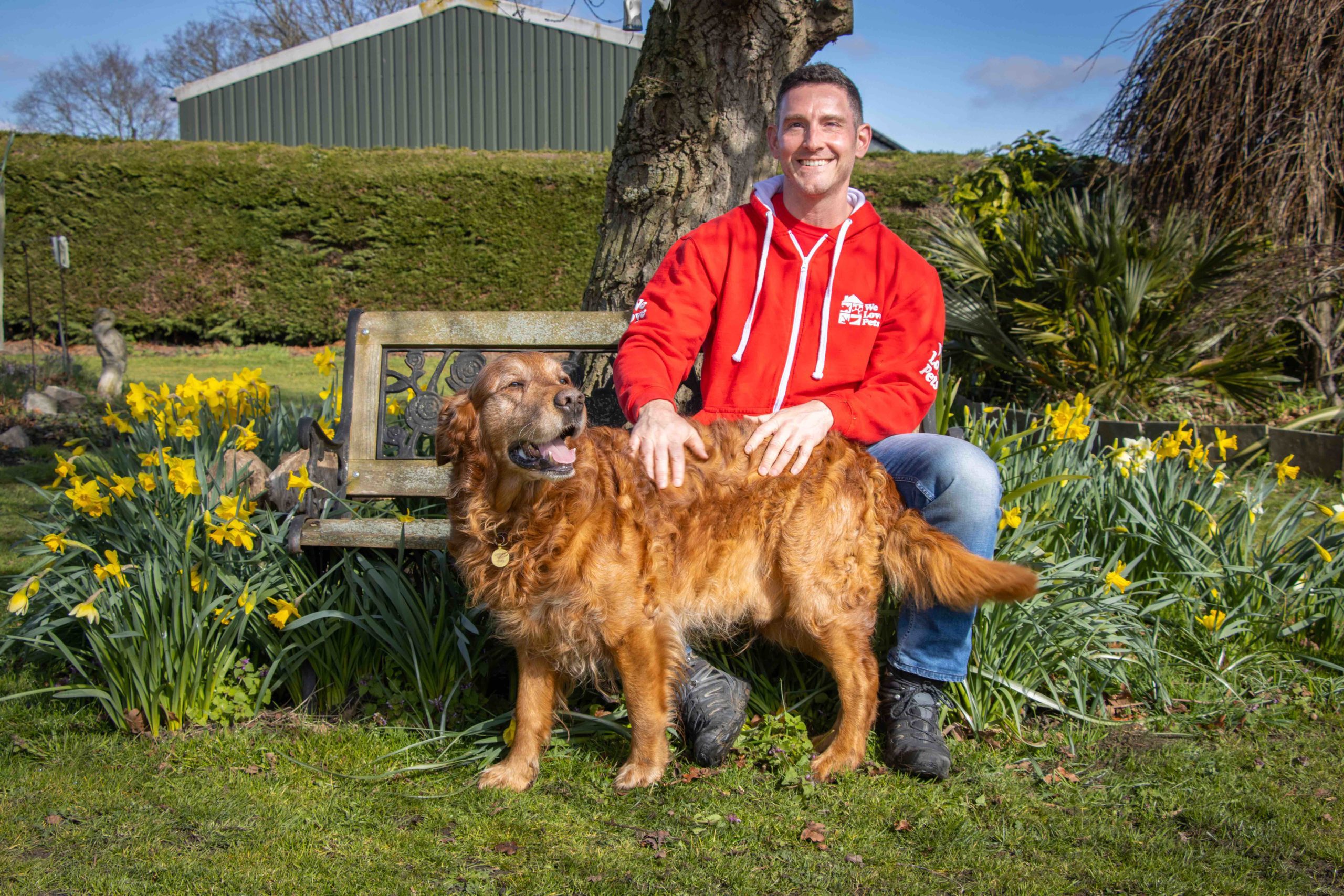Reading West Franchisee Amy Pearson (APDT) is an advanced dog trainer. She has written some hints and tips about teaching your dog to come back when called. It is a problem for pretty much every dog owner at some point, and the recall is a really useful, and life saving, command to teach your dog.
Some things to think about
Firstly, ask yourself, “why doesn’t my dog come back?”
- Is he having more fun?
- Is something else more interesting?
- Does he know he’ll have to go home if he comes back?
- Does he think you’ll play chase if he doesn’t?
- Is your tone a little fed up, making him anticipate a telling off?
There are many factors that come into play here and they are worth thinking about, so you can adapt your approach to suit your dog.
Secondly, ask yourself, “what is my dogs motivation?” Is he motivated by food? Fuss? Toys? Play? All of these things?! If treats are your dog’s thing, yet you find they work at home but not out in the real world, you may need to up your game. Get some cheese, ham, sausage and surprise your dog with some really tasty morsels when training. Regularly changing will make him wonder what delicious thing is coming next!
If your dog prefers toys take the squeakiest, smelliest, most gloriously doggy toy you can find. Remember he should only play with this during training, as if he has it at home it’ll be less exciting.
Step by step
- Start off standing in front of your dog, then crouch down and when your dog looks at you or moves towards you give him a treat.
- Then step back and crouch again, as he moves forwards give him another treat, continue treating him for coming in your direction when you crouch and add the word come in your happiest voice! The crouch will be a visual cue for him to come if he can’t hear you and the word will help if he cannot see you. If your dog doesn’t like treats, have a quick play each time, it will take a bit longer but will be just as effective.
*A tip for any owners with older dogs that need help, if you feel that your dog has been ignoring you when you’ve tried teaching recall before, then try changing the word you use when you start this process try using “here” or “with me” instead. This will make it a fresh start for your dog and in his mind he’s learning something new!
- The next step is to use this system on your lead walks, let your dog potter along on a long lead, have a sniff as usual but every few minutes call him back and give him a treat. This process is teaching your dog that good things happen when he comes to you.
- When you are getting an immediate response from your dog ten out of ten times, you can move this to a quieter area off lead.
Make sure you give your dog the same cue and when he comes praise him, give him treats, have a good game and then let him continue. It is important to get your dog to understand that returning to you is not the end of his fun and doesn’t mean home time. So, whilst you are out call him every 5-10 minutes and when he responds make it fun, new toys, new food, play chase (he should chase you , never the other way around!), play hide and seek, throw a ball, basically be as exciting as you can be and make him happy he came back to you! It is a long process and takes patience, he will slip up, you will get frustrated but let’s face it we all slip up sometimes!
Things to remember
- Your dog should always be rewarded, even if it takes him a while to get there.
- Never train when you are in a bad mood! Your dog will pick up the negativity and it may set you back.
- Do not set your dog up for failure! Dogs want to play with other dogs! If this happens and its safe, give him a minute, wait for a lull in interaction and then try your recall – he’s more likely to come and you are less likely to come away with a headache! If he does come away from his friends, treat him, make a fuss then let him go back , this again lets him know coming back to you doesn’t mean the end of playtime.
- If your dog ignores you calling him several times, do not reprimand him when he eventually come back however much you want to! If you do he’s less likely to come back next time!
- Also, it is important to remember that dogs go through an “awkward teenage phase!” this is usually around 12-18months of age. They may suddenly develop selective hearing but do not despair, just go back a couple of steps and build up your recall again.
At any part of the training process if setbacks happen, take it back a step and try again. It’ll be worth it in the end and remember not to worry about what anyone else thinks! Everyone’s dog is different, they learn at different rates and have different skills. That spaniel sitting nicely by its owner’s feet whilst you patiently wait for your dog to decide he’s done playing may look perfect, however he may also have stolen their dinner off the table last night! You never know!




